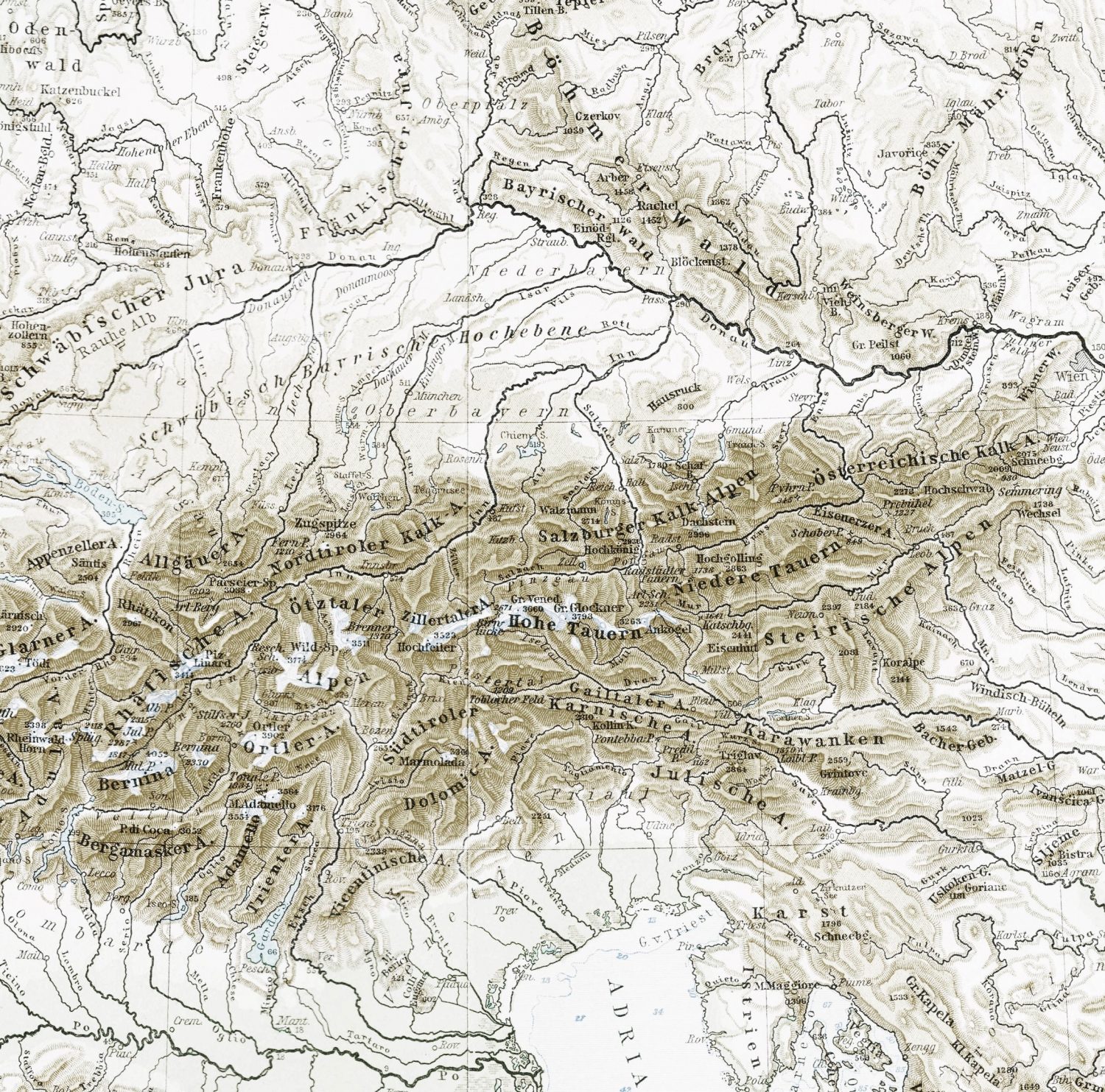Origins in ancient Rome
Dining on escargots experienced its first boom in ancient Rome. They were highly popular due to their supposed stimulating properties. Pliny the Edler (100 BCE) wrote about escargot and their preparation in his volume of natural history, and Marcus Gavius Apicius eternalized popular recipes and breeding tips in his book of Roman cookery written in the 4th or 5th century ADE.
A certain Fulvius Lippinus began refining the art of snail farming as early as the War of Pompeii. He raised different types of snails in separate stalls, feeding them with his own special feed dough. In around 750 ADE, Romans began farming snails in earnest. They sent collectors to gather snails in Liguria (northern Italy), and fattened them in special snail gardens that included cleansing and feeding pens. The escargots were then sold at specialty boutiques and eaten with special cutlery.




 Aus Dominik Flammer's Standard Werk "Das kulinarische Erbe der Alpen"
Aus Dominik Flammer's Standard Werk "Das kulinarische Erbe der Alpen"